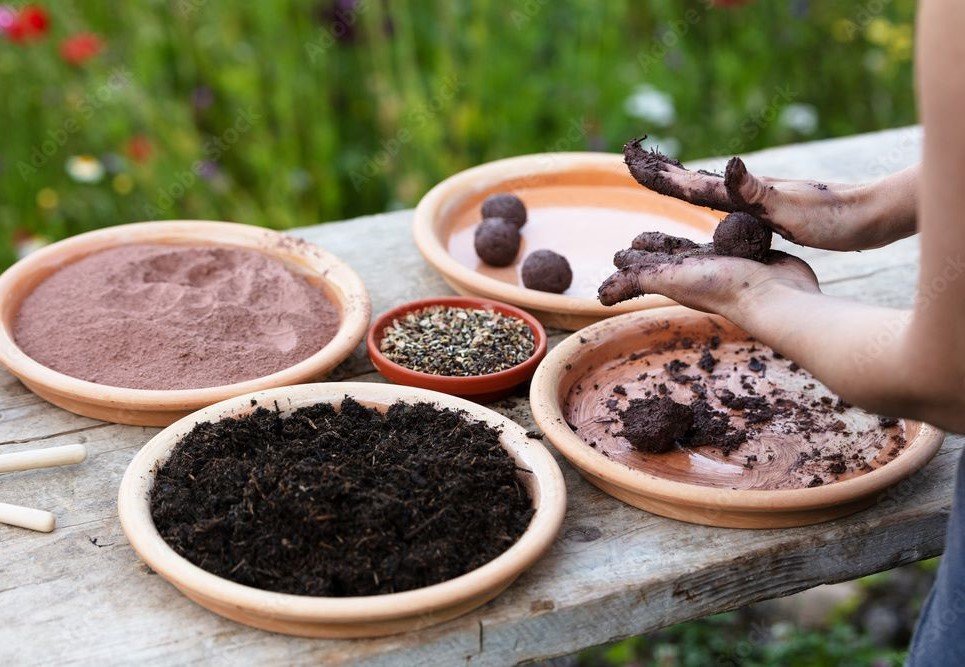PUT KNIFE TO PAPER FOR A CLEVER VERSION OF THE FAMILY SNAP
You will need:
Cutting mat
1 sheet lightweight A4 black paper, 80–120 gsm
1 sheet lightweight A4 white copy paper, max 80 gsm, for templates
1 sheet mid-weight A4 white craft paper, min 120 gsm, for background
Sticky tape
Craft knife or scalpel, with blades
Metal ruler
Pencil
Eraser
PVA glue
Toothpick or cocktail stick
A4 picture frame
A family photograph
Photocopier or scanner
1 Find a family photograph in which individuals or a group are in silhouette, with their outlines clearly visible (photos taken against a wall or plain background work best) – ideally, individual silhouettes would just join or overlap within a group composition, so they remain recognisable. Photocopy and enlarge the photo if necessary to fit A4 size and then trace the relevant outline onto an A4 sheet of copy paper to make a template.
2 Place the template over your sheet of black paper and attach both to your cutting mat with a piece of sticky tape placed over the corners (take care not to place tape over the image area).
3 Start cutting away the white, negative shapes with a scalpel — begin with the smallest areas, to help prevent your paper from tearing. You’ll be cutting both the template sheet and black paper simultaneously. Anchor the cutting mat with one hand, and work with the blade in your other, holding it vertically, like a pencil, for greater precision. It will help you to keep the blade straight if you move the whole mat around while cutting shapes.
4 Continue to work until all of the white paper is cut away, using a metal ruler with your scalpel for any straight lines.
5 Carefully remove your template and finished papercut from the cutting mat and separate the two.
6 Fixing mistakes is not impossible. If you’ve cut too much or too far, you can mend the area from the back. Simply dot glue onto the papercut surface using a toothpick or cocktail stick, then ‘patch’ the area using a tiny scrap of black paper.
7 Place the finished silhouette centrally onto your A4 white background paper sheet and mark its position lightly with pencil dots (these can be erased later).
8 Turn the silhouette over and, again using PVA glue and a toothpick or cocktail stick, dot glue onto the reverse (you don’t need to cover the surface with glue — this should be enough). Position the silhouette, right side up, in line with your previous pencil marks, and smooth down onto the backing sheet. Leave to dry completely.
9 You can now frame your piece. Use a flat frame and sandwich the silhouette between glass and backing.
Adapted from V&A Paper Crafts: A Maker’s Guide (Thames & Hudson in association with the V&A).








